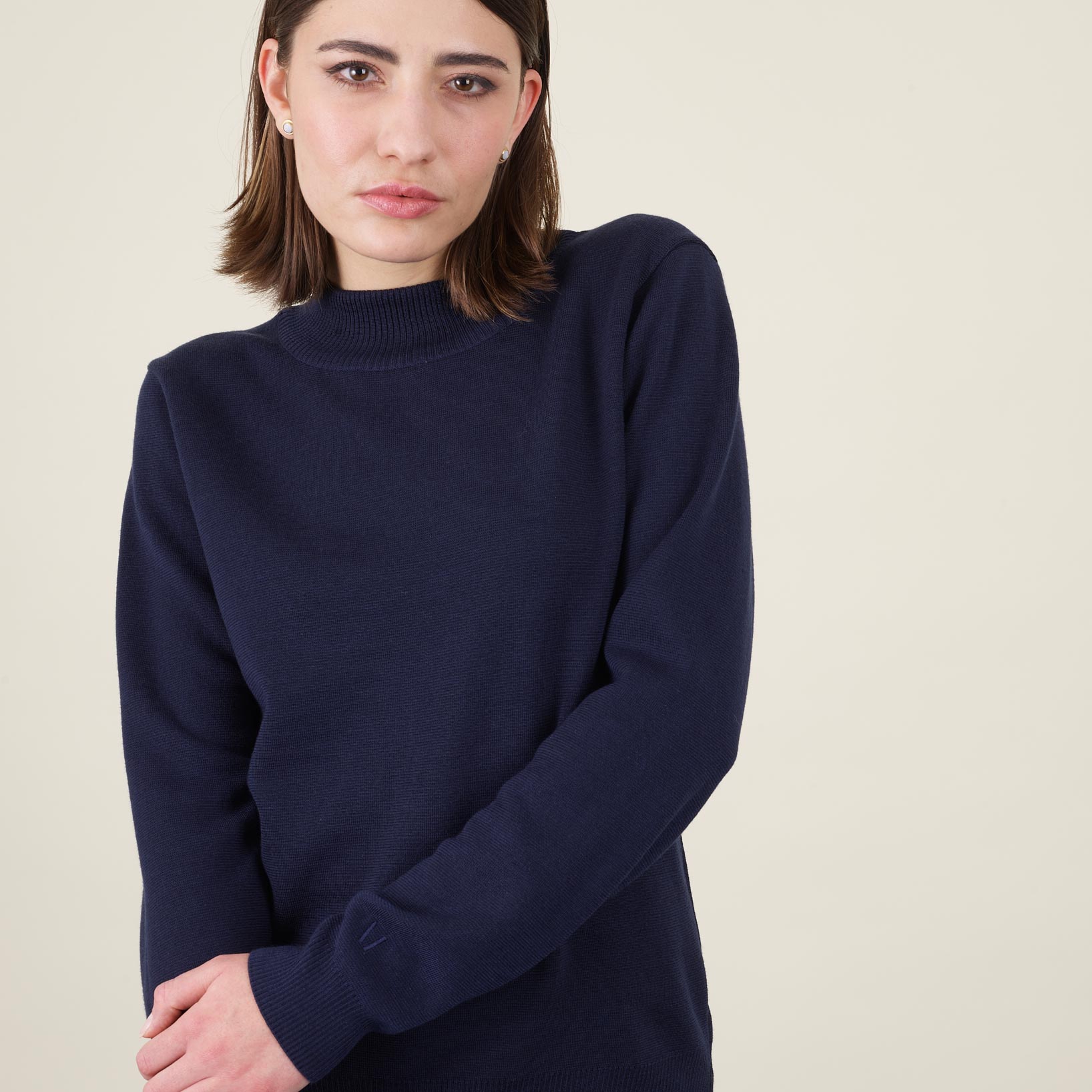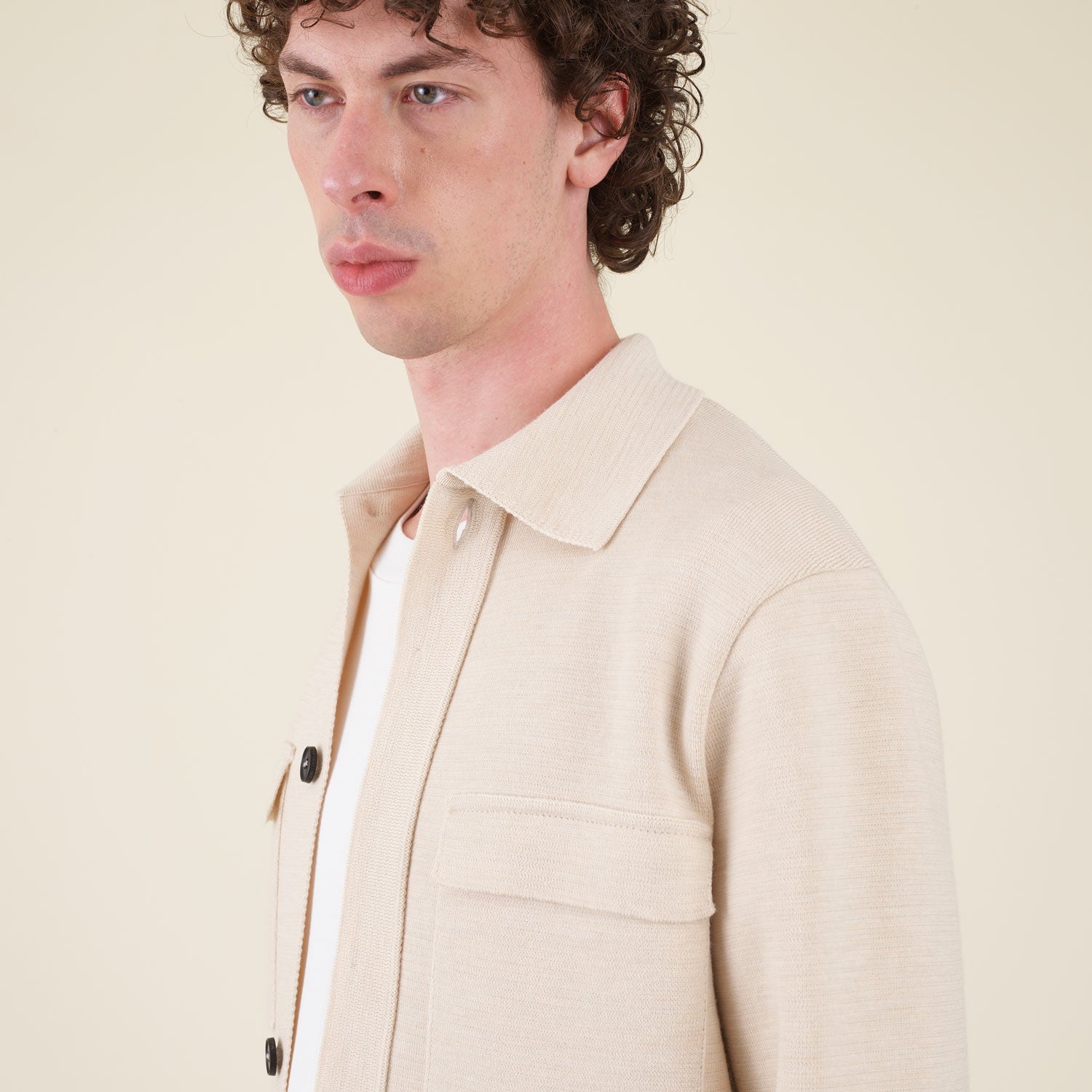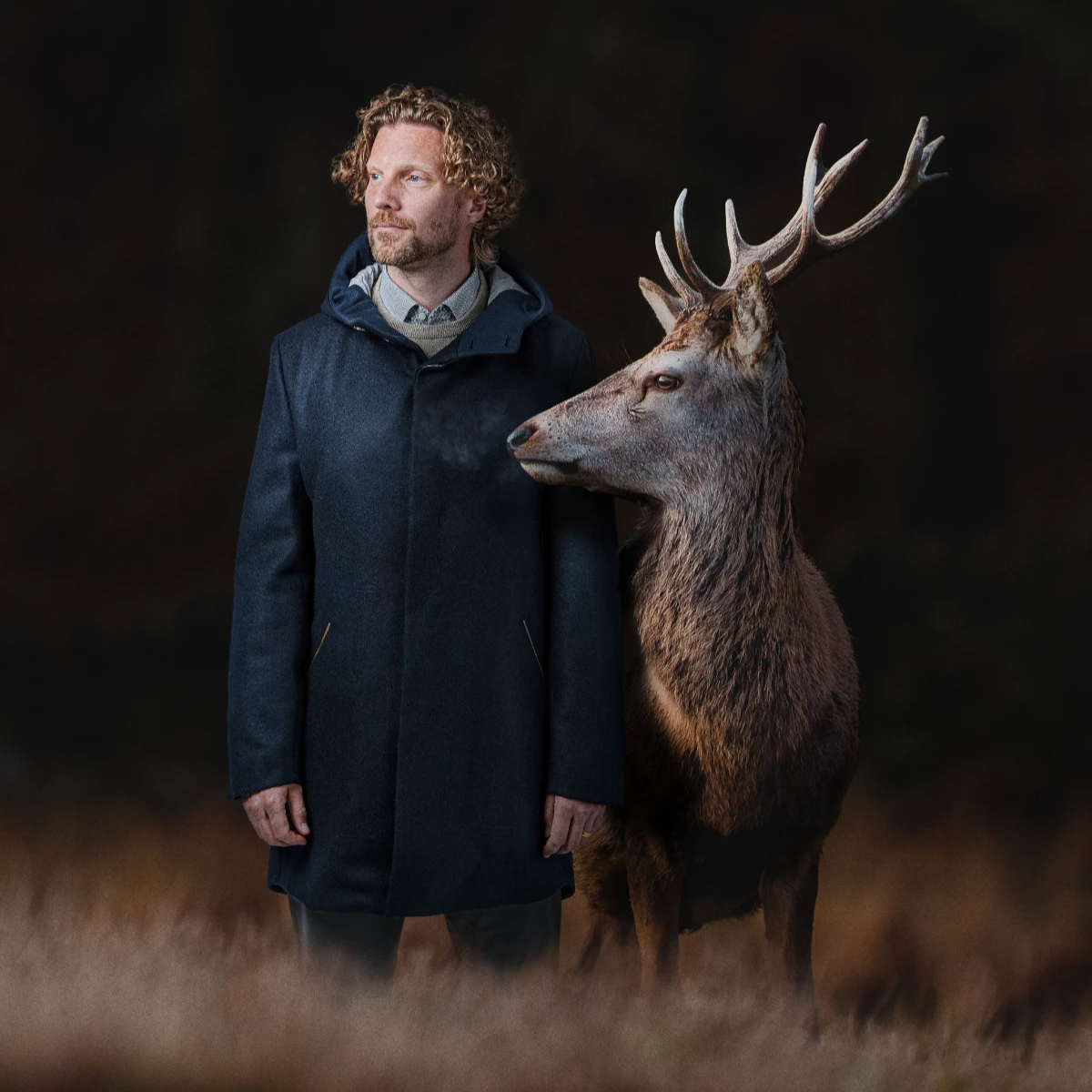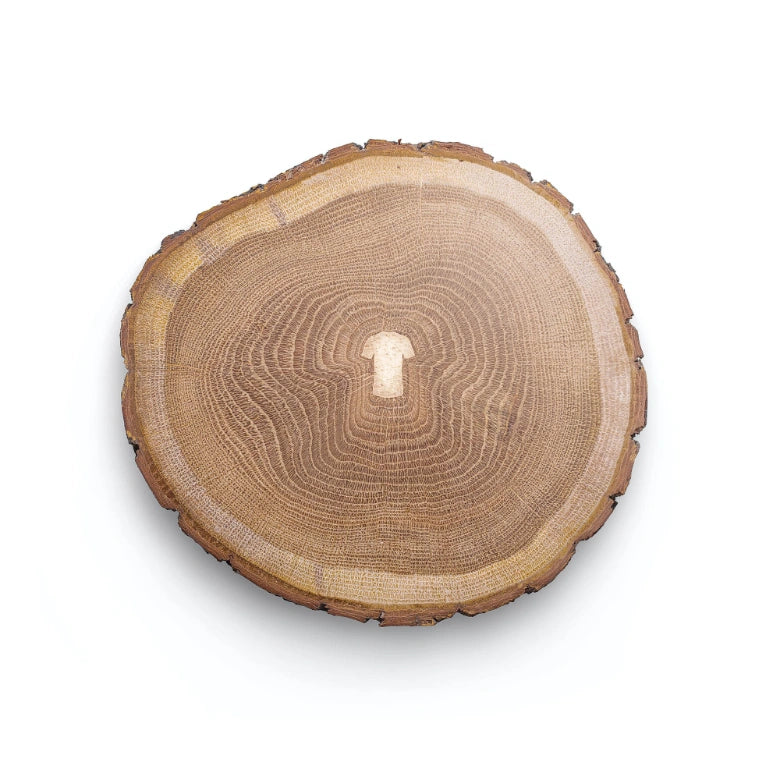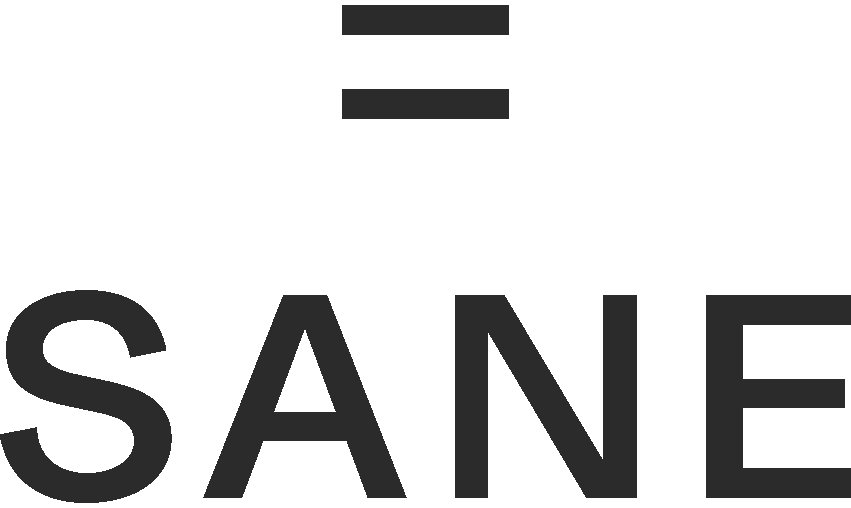Experience Muntagnard

Sustainable innovation from Switzerland – The MIUtec Iso Jacket
The MIUtec Iso Jacket from Muntagnard combines sustainable innovation, high-quality materials, and minimalist design . Developed according to the monomaterial principle for maximum recyclability, t...
Read more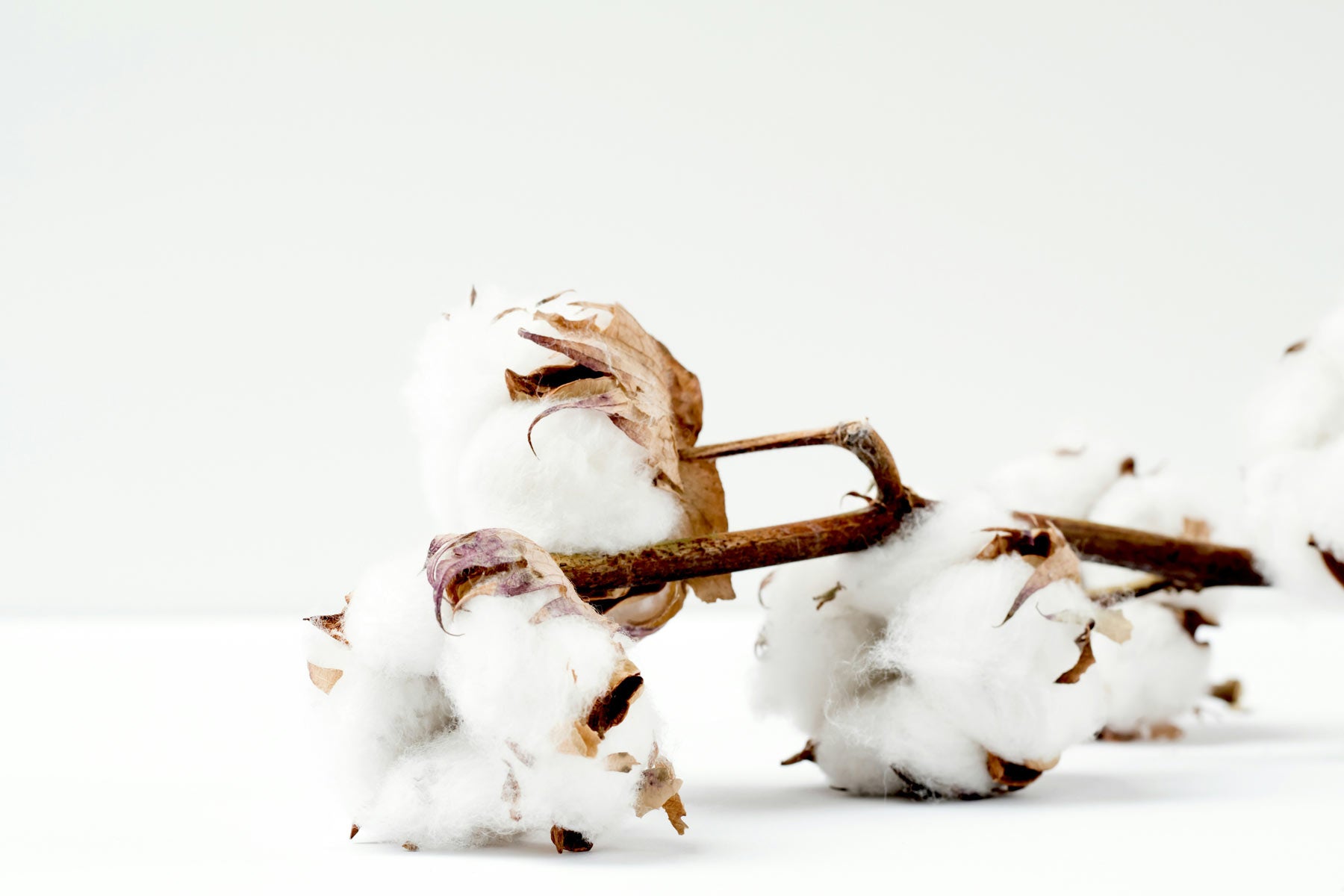
Cotton from regenerative agriculture
Since Muntagnard was founded, cotton has always been the focus. At first we didn't want to use any cotton at all for ecological reasons, then we only focused on very exclusive and specific cotton f...
Read more
Microfiber abrasion and microplastic pollution
The abrasion of microfiber contributes quietly and quietly to a major environmental problem: pollution from microplastics. Discover how your clothes could release tiny synthetic fibers into the env...
Read more
With MIUtec we have developed a first award-winning, sustainable innovation in the field of sportswear. This line has been the focus, especially since winning the ISPO award for the MIUtec Iso jack...
Read more
Cashmere is a luxurious and highly sought-after fiber, immensely valued for its softness and warmth. It is derived from the undercoat of cashmere goats found primarily in Mongolia, China, Iran, Afg...
Read more
Biodegradable clothing is a sensible step, but by no means a comprehensive solution to the textile industry's global environmental problems. In most cases, one can safely assume that biodegradable ...
Read more
Clothing made from wood has become a relevant alternative to synthetic and other natural fibers such as cotton or wool. Wood-based fibers offer numerous advantages in terms of sustainability, comfo...
Read more
How sustainable is wool, actually?
Sheep that graze on a juicy meadow provide the sustainable raw material for natural, ecological clothing. This image is to be taught to present clothing made of wool as a sustainable solution for ...
Read more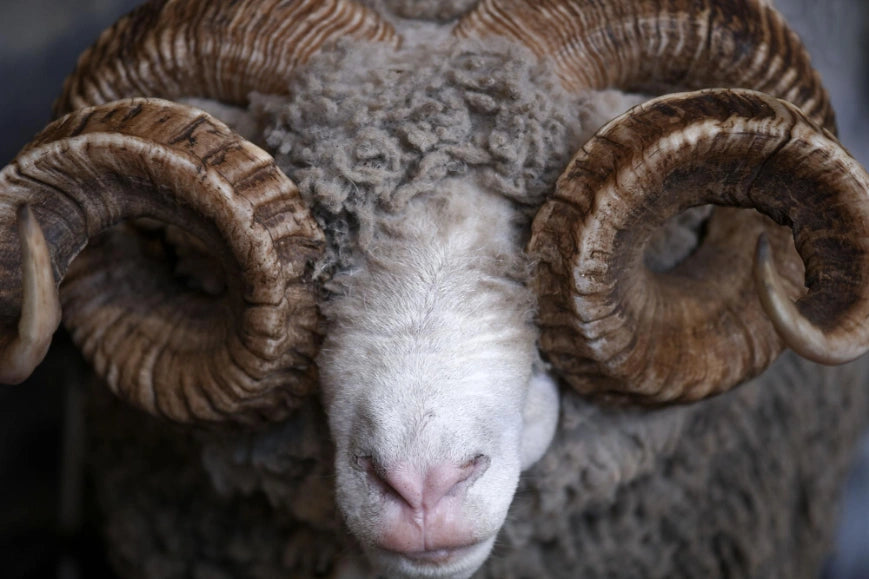
The best of two worlds - LEGNA and Merino
A mixture of two natural premium fibers that bring everything to shape your wardrobe sustainably. We can imagine: the combination of Legna and Merino, for a collection of knitting sweaters made of...
Read more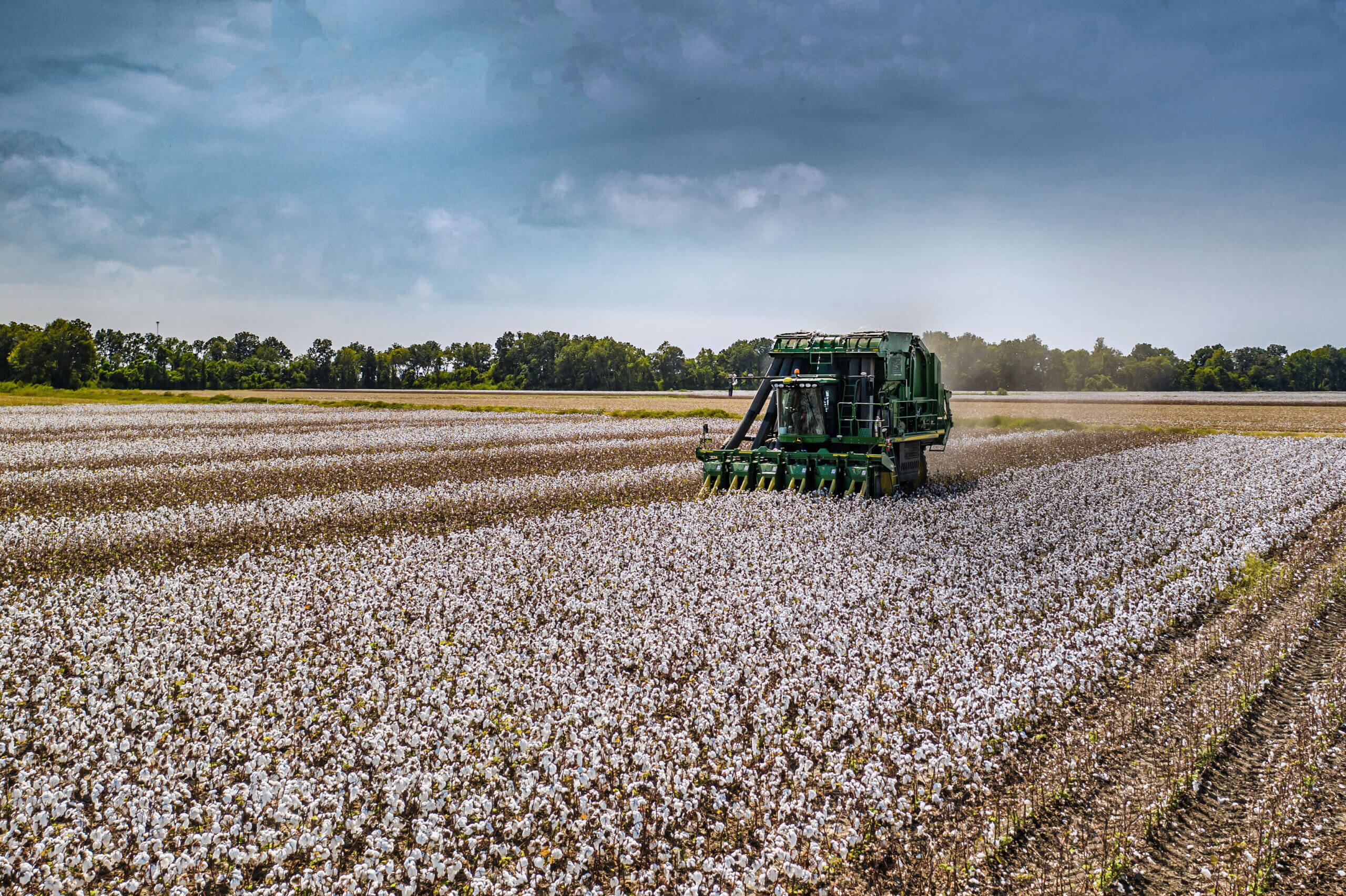
Cotton: Why transparency is so difficult and yet so important
Intransparent value chains are the source of major sustainability problems. But value chains are a complex structure, which makes traceability difficult. How are we at Muntagnard part of the soluti...
Read more

